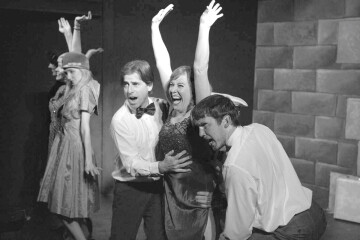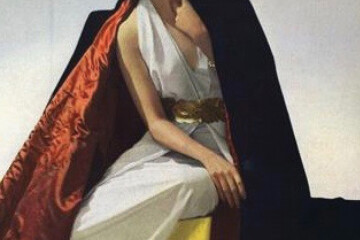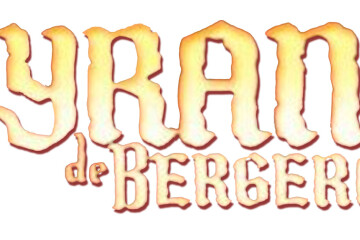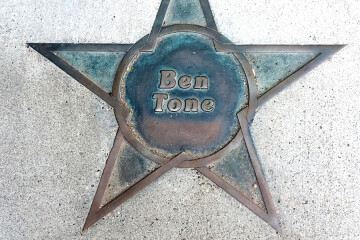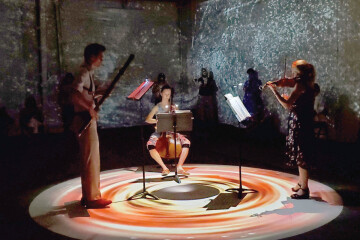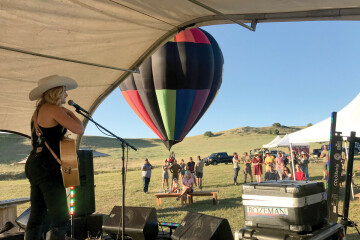Arts in the Time of Plague
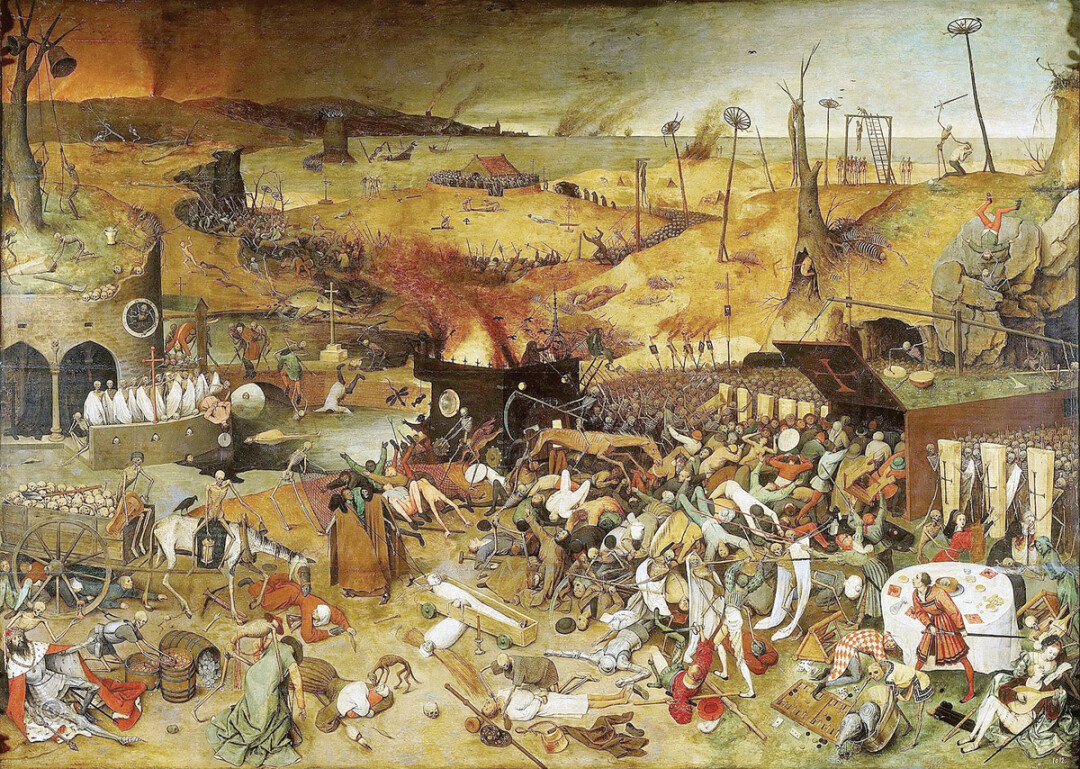
This time of the pandemic and stay-at-home orders is a time of catching up on things, right? I’ve always wanted to sleep in, deep-clean the house, read that pile of books, fix that door latch so it closes properly, clean the garage, write old-fashioned letters to family and friends. But after the first few weeks or so, the door latch still doesn’t close properly, the books don’t get read as fast as I thought, the letters remain unwritten, and the house, well, my fingerprints are still visible on top of the piano.
The COVID-19 crisis shows how similar we are, not just in procrastination, but in what comforts we need to help cope with quarantine. There is a strong desire on the part of all humanity to find companionship in their fears, worries, concerns, and joys as expressed in paintings, sculpture, poetry, music, and drama. This need goes back to the earliest days of humanity, to the time when someone stood deep in a cave, dressed in furs and animal skins, and with a charcoal stick painted figures on cave walls. In times like these, the outpourings of creativity are trying to fill this same need as our primeval ancestors. And true to the very definition of the arts, these outpourings are popping up in all sorts of creative ways and times. Here is a list of just a few things from the arts world:
• Virtual tours of museums around the world (complete with descriptions by *your language* docents)
• Inside views of artists’— galleries, artists from the famous to the hobbyist down the street explaining what, why, and how behind their works
• Live-streaming performances of theatre, from classics to contemporary
• Live-streaming operas, symphonies, and concerts, both professional and amateur
• Online poetry readings
What all this points to is the desire and the demand for arts, especially during times of crisis. There does seem to be something about the human spirit that craves arts. As Winston Churchill supposedly said during World War II when asked to cut funding to the arts, his response was “if we cut the arts, then what are we fighting for?” (Fact check: Churchill actually never said that, but he said something similar: “The arts are essential to any complete national life. The State owes it to itself to sustain and encourage them.”).
One of the most famous books written about and during a plague, The Decameron, was written by Giovanni Boccaccio in the 14th century while he was confined during the plague known as The Black Death. In previous times of plague, Shakespeare wrote King Lear, one of his most famous plays. Other playwrights of his time, notably Thomas Dekker and Ben Jonson, also wrote plays, providing peeks inside the plague-ridden 16th and 17th centuries.
Paradoxically, this craving for artistic expression seems to be highest at times when the arts are least likely to be available, like the plagues of the Middle Ages, or the coronavirus pandemic we are currently experiencing. Yet, while the theaters may be shuttered these days (as they frequently were in the time of Shakespeare), publishing houses may not be printing books, bookstores may not be open to sell books, and concert halls may be closed, the artists are figuring out new ways to create and deliver art.
To meet this need for art and in lieu of live on-stage performances, artistic companies have been making available films of previous performances via internet streaming. The new twist to this is that now artists have discovered technology to deliver live performances from their homes to your home.
Opportunities like never before have erupted for everyone to experience the arts, just not in person. In fact, today we are witness to the creation of a new genre of art delivery: the “Zoom Shows”. Reminiscent of radio shows, theater productions on Zoom are somewhere between a live production onstage, and unseen actors reading their plays. Some Zoom Shows record their performances and have ‘watch parties’ so their audiences can all enjoy the readings at the same time on social media such as YouTube or Facebook. Other Zoom Shows stream their productions live, again broadcasting their productions over social media like YouTube and Facebook. Some shows have the actors in regular street clothes, some are in full costume, some use props, some focus on the text or music alone. But in all cases, the actors are all reading from their own homes, sometimes from other states, and in some cases from all over the world.
In the realm of this new genre, here is a small sampling of the art you can access from around the world without ever leaving your home:
Patrick Stewart reads “A Sonnet a Day” from his London home, at https://www.instagram.com/sirpatstew/channel/?utm_source=ig_embed .
The Red Bull Theatre in New York City presents live-streamed events at https://www.redbulltheater.com/live.
From the UK, “The Show Must Go On,” presents the Shakespeare Canon in the order in which they were written. Composed of both professional and amateur actors from across the world all Zooming from their own homes, their performances can be followed here: https://robmyles.co.uk/theshowmustgoonline/.
In Germany, the famous Berlin Philharmonie makes available their whole series. Here is their Berlin Easter Philharmonie Festival Episode 3: https://www.digitalconcerthall.com/en/concert/53224#
Close to home, here are a few excellent local options to support:
Montana Shakespeare in the Parks has created a new platform called MSIP LIVE, an effort to provide engaging, cultural content during these difficult times.
MSIP LIVE delivers a bi-monthly streaming of archival recordings of plays on Facebook and YouTube; Twelfth Night opens on Friday, May 1 at 7 pm.
Virtual Shakes, the educational arm of MSIP LIVE, in partnership with MontanaPBS, delivers full plays from Shakespeare in the Schools and Montana Shakes on PBS Learning Media. Faithful Friends, an adaptation of The Two Gentlemen of Verona, intended for audiences K-6 provides interactive lesson plans available at FlipGrid. The password is Crabbe406! For more information, please go to Shakespeare in the Parks’ website at https://shakespeareintheparks.org/.
Bozeman Actors Theatre has made available the performance of Dr. Gretchen Minton’s adaptation of Shakespeare’s Timon of Athens, as she turned it into a commentary about human impact on the earth, in an adaptation called Timon of Anaconda. Minton streamed a reading of this adaptation via Bozeman Arts—Live. This dramatic reading can be accessed by going to the calendar at Bozeman Arts Live and playing it anytime: https://www.bozemanarts-live.com/. BAT is considering the possibility of following a medieval English tradition of doing outdoor promenade-style theater that keeps theatergoers (and performances) outside and socially distant, at least during the earlier stages of opening the stay-at-home orders (as CDC and Montana recommendations allow).
BozemanArts—Live at https://www.bozemanarts-live.com/ provides a forum for Bozeman-area musicians and actors. Go to their website and see their full calendar of recorded and live-streamed music and theatre events.
Camp Equinox offers “Virtual Morning Meetings” on Saturday mornings. Geared for elementary-aged children, the Virtual Morning Meetings give children a chance to interact with art via Zoom. For more information, contact Camp Equinox at:
https://www.campequinox.com/.
We are the beneficiaries of so many creative artists around the world during this time of innovative arts outreach. We sit at home and watch world-class arts from across the world for free. The artists themselves are performing for free, with no ticket sales to support them, even if they can’t afford it. The starving artist stereotype is strong because they often are just that: starving artists working as waitstaff, bartenders, and baristas so they can live to put on one more show for our entertainment and pleasure. Let’s not forget them in these days of the plague.

